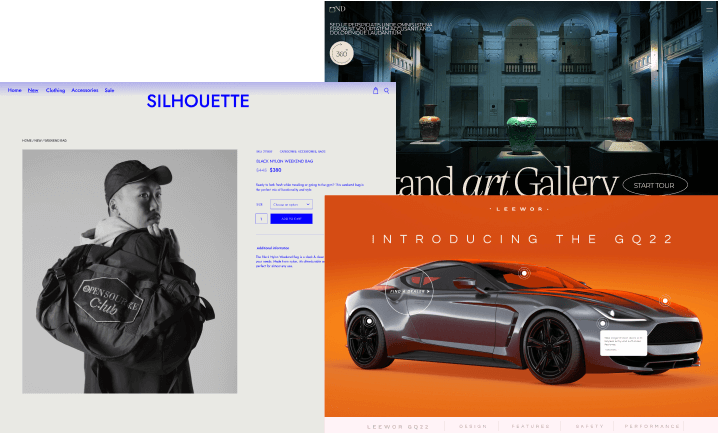Inline positioning means that if you add one or more widgets to a website, they are engulfed by whatever content is already on a site.
So, suppose you want to place an image or media content side-by-side and in the same column as a broader text description. In that case, the surrounding text will encircle it, rather than having a separate area out especially.
How to Use Inline Positioning
This design option allows you to place several widgets side-by-side in the same column. Before you start using this option, it is best to purchase an excellent pre-developed website template that requires no coding knowledge.
An Example of Inline Positioning
A practical scenario would be using the option on a page that offers a digital product, such as a WordPress theme. For example, you can provide two buttons for your visitors to choose from, such as Preview and Buy.
Website template providers, especially those that support WordPress plugins, enable these button widgets to be horizontally aligned in the same column rather than vertical alignment above or below an existing widget.
Also, some website builders provide more options, such as allowing users to change button designs rather than use the default. You can also add animations and icons and choose from other customizable positioning options. Inline positioning is also helpful if a website shows a news flash or tutorial.




